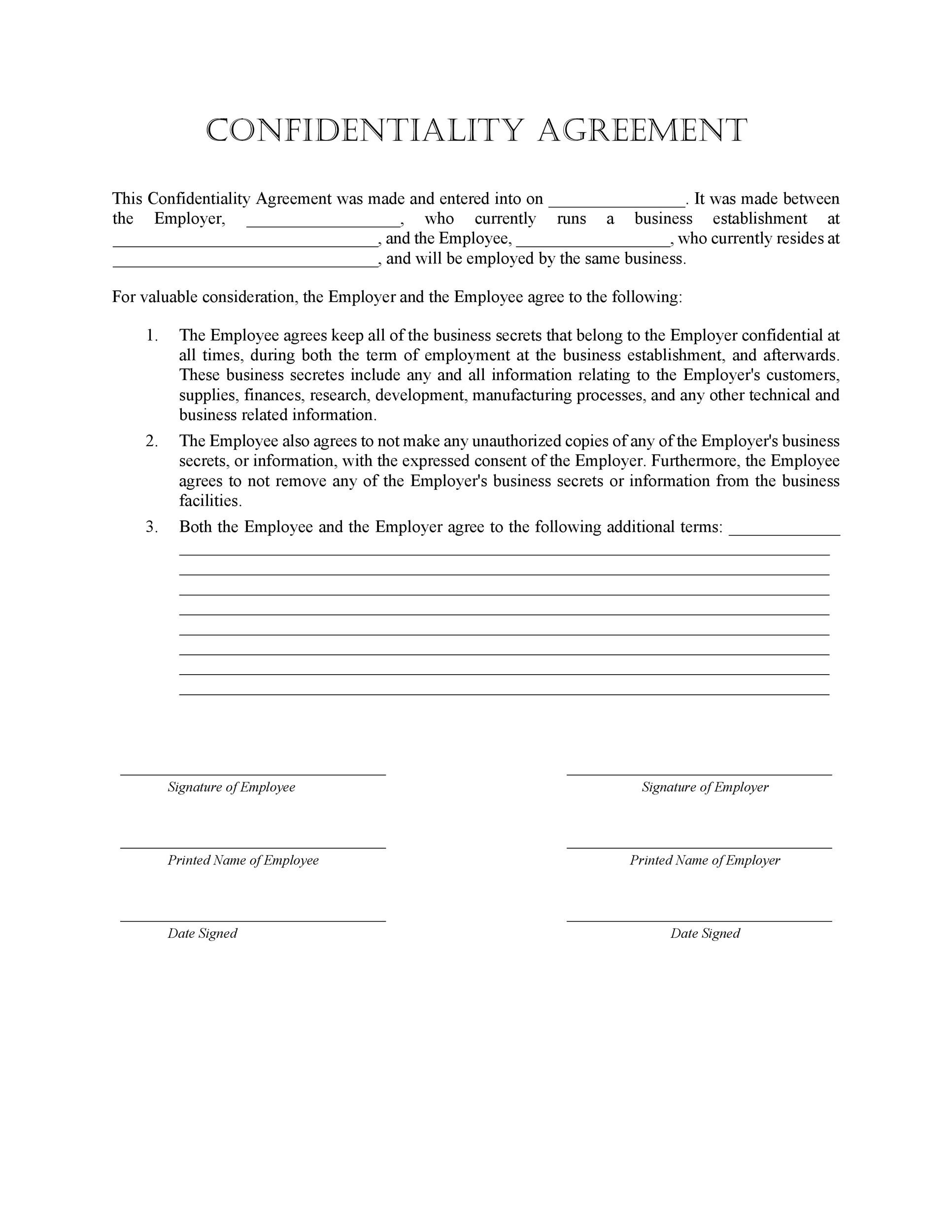
In today’s competitive business landscape, protecting sensitive information and trade secrets is paramount. One effective way to safeguard your company’s confidential data is by implementing a non-disclosure agreement (NDA) for employees.
This legal document ensures that employees understand the importance of confidentiality and agree not to disclose any proprietary information to unauthorized parties.
What is a Non-Disclosure Agreement for Employees?
A non-disclosure agreement for employees, also known as a confidentiality agreement, is a contract between an employer and an employee that outlines the terms and conditions of confidentiality.
This document specifies the types of information that are considered confidential, the obligations of the employee to keep such information private, and the consequences of breaching the agreement.
Why Use a Non-Disclosure Agreement for Employees?
Implementing a non-disclosure agreement for employees offers several benefits to employers, including:
- Protection of Trade Secrets: NDAs help protect valuable trade secrets and proprietary information from being disclosed to competitors or the public.
- Enhanced Security: By clearly outlining what information is considered confidential, NDAs help reinforce the importance of maintaining data security within the organization.
- Legal Recourse: In the event of a breach, employers can take legal action against the employee for violating the terms of the NDA.
- Trust and Transparency: NDAs foster a culture of trust and transparency within the workplace by setting clear expectations regarding confidentiality.
How to Create a Non-Disclosure Agreement for Employees
Creating a non-disclosure agreement for employees requires careful consideration of the specific needs and requirements of your organization. Here are some key steps to follow when drafting an NDA:
1. Clearly define what constitutes confidential information and trade secrets.
2. Specify the obligations of the employee to maintain confidentiality.
3. Include provisions for how long the confidentiality obligations will last.
4. Outline the consequences of breaching the agreement.
5. Seek legal advice to ensure the NDA complies with relevant laws and regulations.
6. Provide a clear and easy-to-understand document for employees to sign.
Examples of Non-Disclosure Agreements
There are many templates and examples of non-disclosure agreements available online that you can use as a starting point for creating your own. It’s important to customize the NDA to suit the specific needs of your organization and industry.
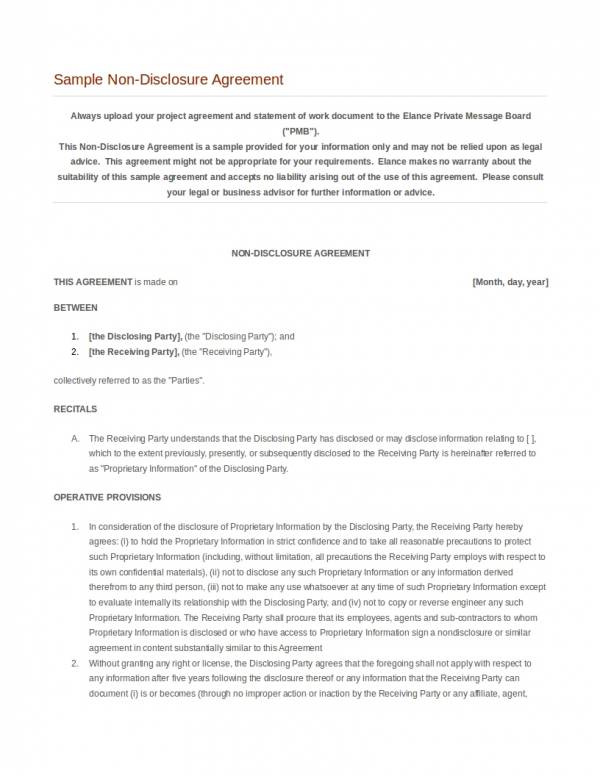
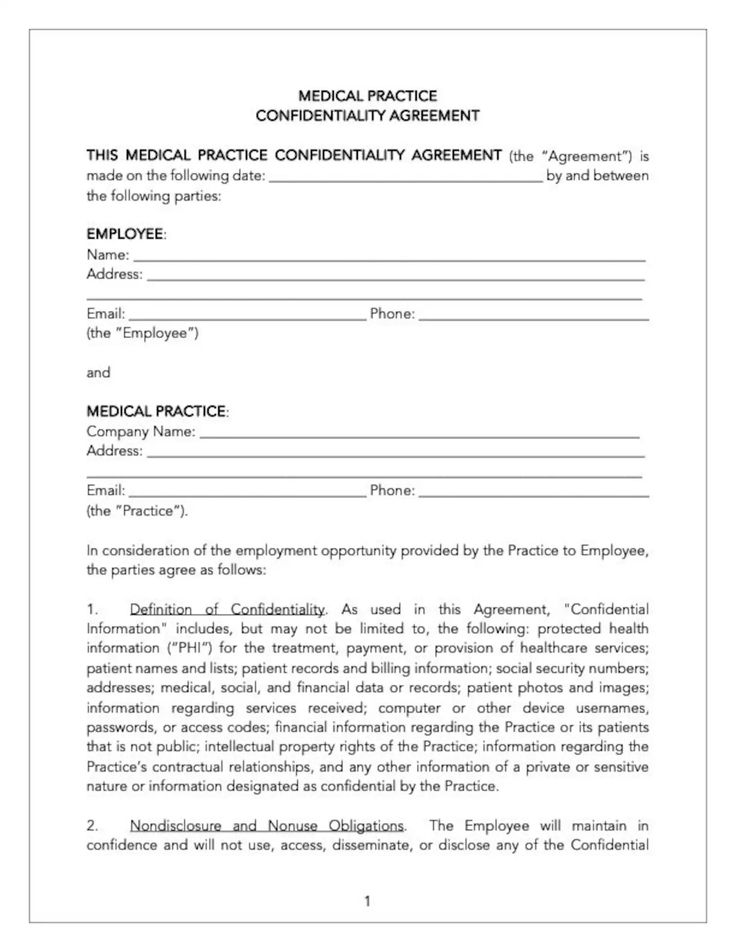
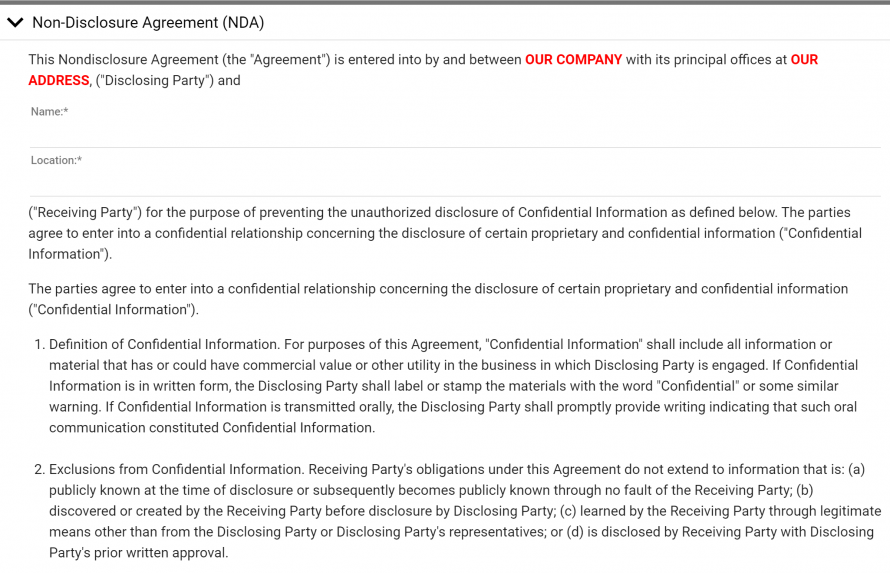
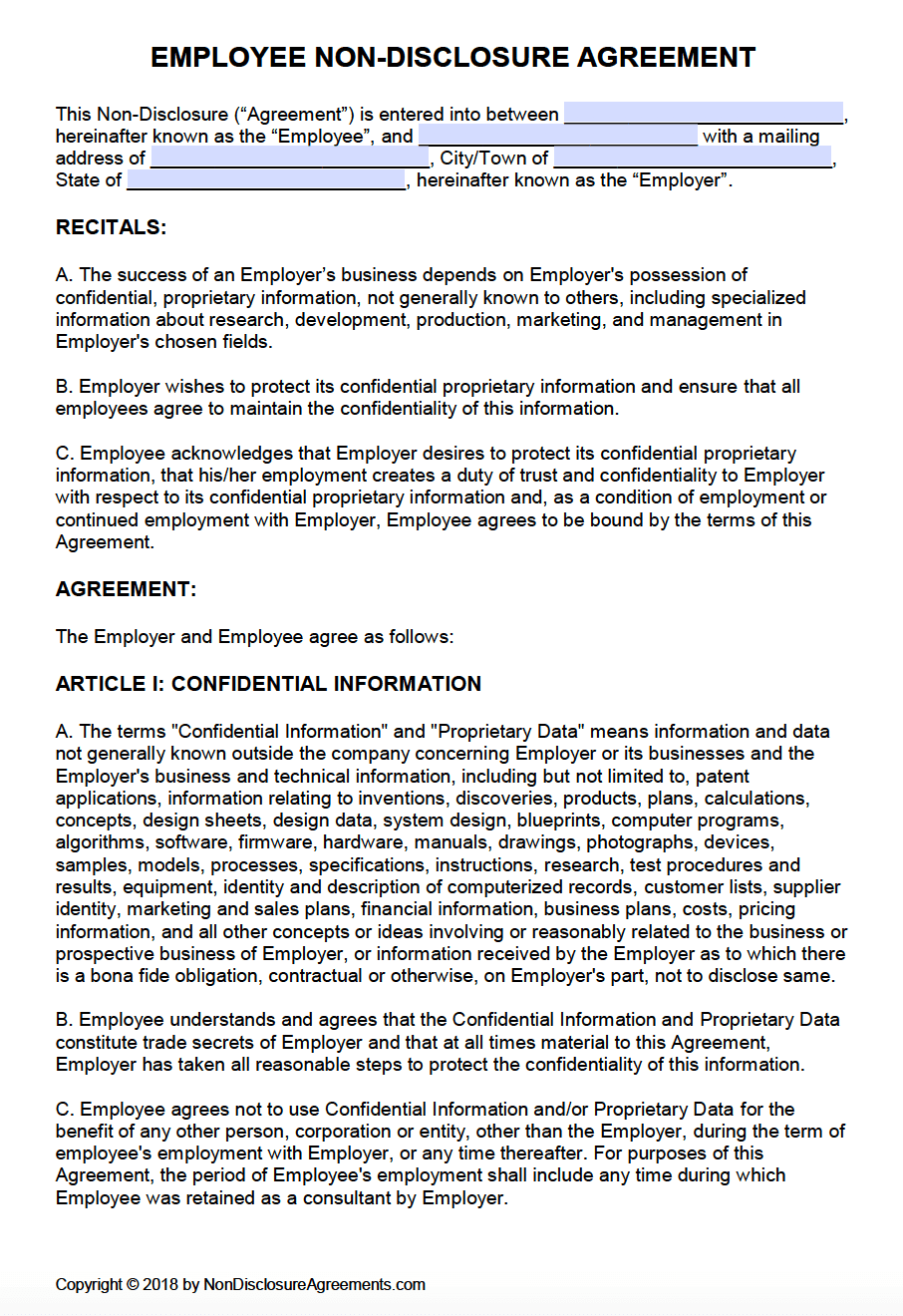

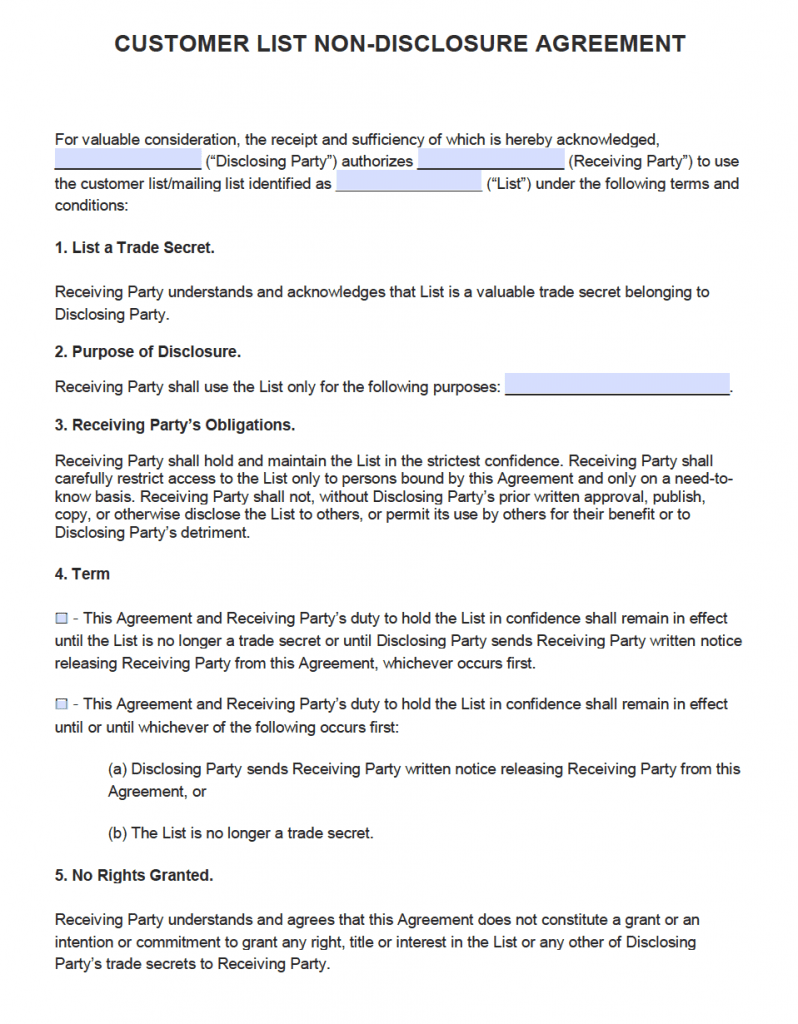
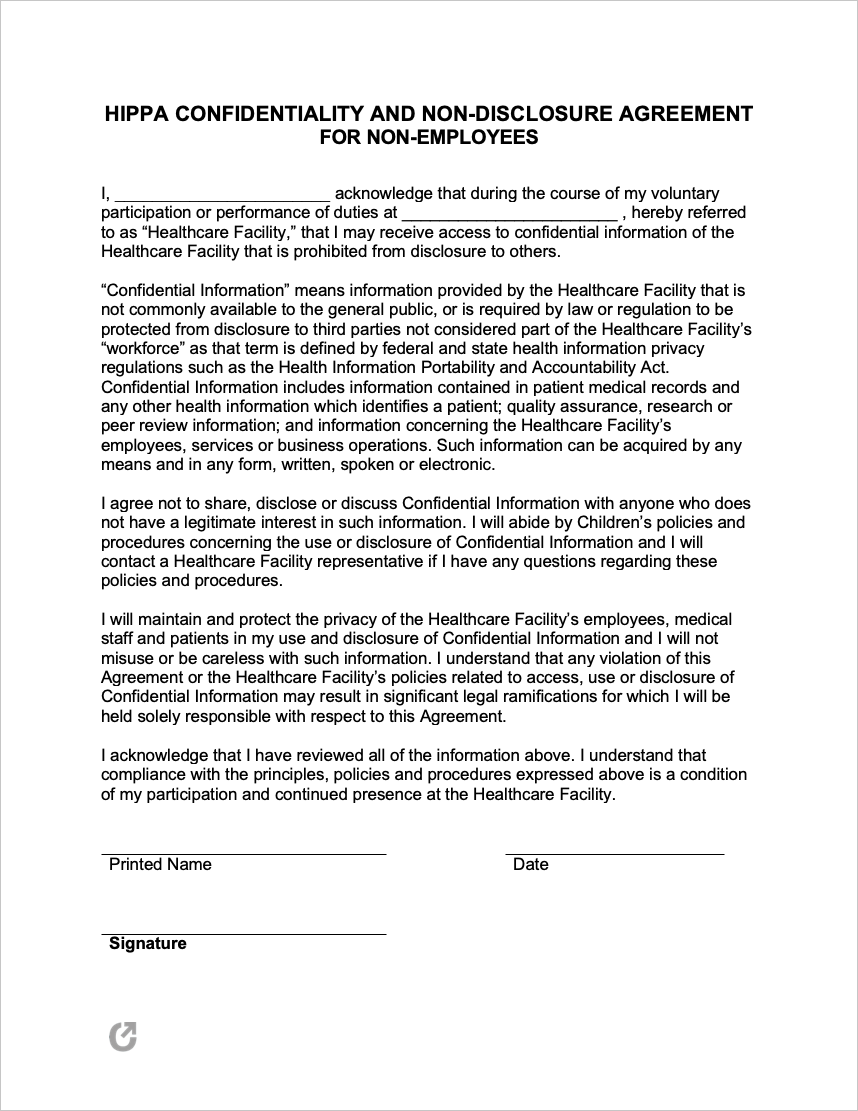
Tips for Successful Implementation of a Non-Disclosure Agreement for Employees
To ensure the effective implementation of a non-disclosure agreement for employees, consider the following tips:
1. Communicate the importance of confidentiality to all employees.
2. Provide training on how to identify and handle confidential information.
3. Regularly review and update the NDA to reflect changes in the business environment.
4. Enforce the terms of the NDA consistently and fairly.
5. Encourage employees to ask questions or seek clarification about the NDA.
6. Monitor compliance with the NDA and address any violations promptly.
By following these tips and guidelines, you can create a strong foundation for protecting your company’s sensitive information and fostering a culture of confidentiality within your organization.
Remember, prevention is always better than a cure when it comes to safeguarding your valuable assets.
Non-disclosure Agreement Template for Employees – Download